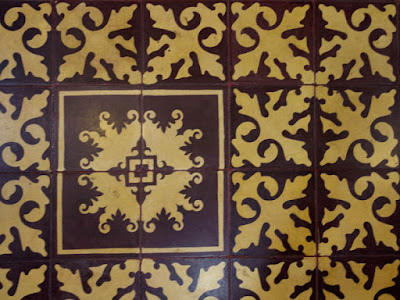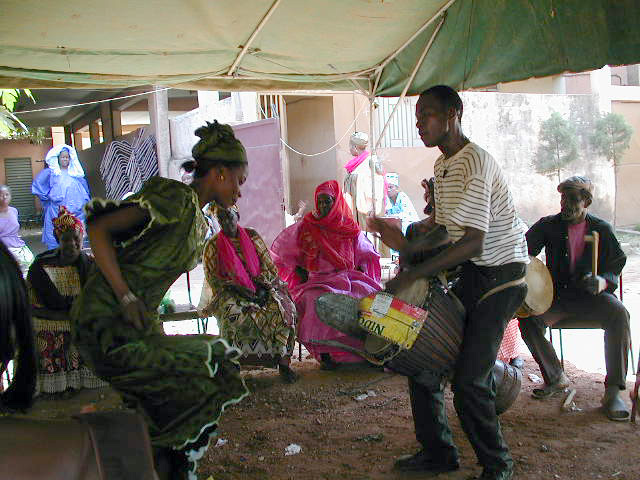Over my many travels, I've photographed a lot of windows.The variety of materials and styles can be quite amazing, often dependent on many factors such as material availability, weather, finances, culture, and religion. While wandering through the historical section of Vigan, I noticed many windows that had similar elements - wooden frames subdivided into smaller square sections and slightly translucent material that didn't really look like glass.
During the 19th century, this style of windows became fashionable in the Philippines. Capiz, a flat bivalve found in local coastal waters was used as a substitute for glass; it was cheaper, widely available, and could withstand typhoon winds and rain. The shell also allowed enough light to shine through.
Colored panes were also quite pretty.
The windows, some of them quite tall, were in various states of repair. Some of the windows looked more like a smile of a first grader - punctuated with lots of gaps. Even those had a strong sense of character.












































